Tracing the impact of ASARECA supported Climate Smart Agriculture innovations in Kenya
By Ben Moses Ilakut
Practically all countries in Eastern and Central African (ECA) depend largely on rain-fed agriculture for livelihoods. Much of the rainfall comes in a few high-intensity events with long dry spells in-between. This results into two catastrophic opposites–extreme episodes such as floods versus intense droughts with scotching heat.
Farmers become risk averse
Both episodes have the potential to reduce crop yields, sometimes, they cause total crop failure. In this predicament, the risk-averse and impoverished smallholder farmers are unwilling to make investments in agriculture without assurances of favourable rates of return to their investment.
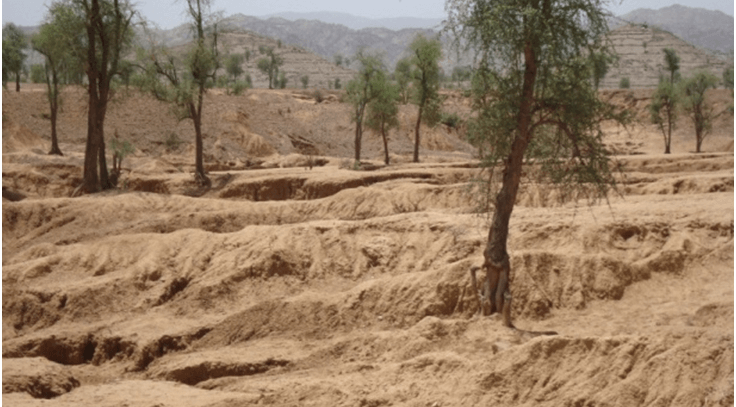
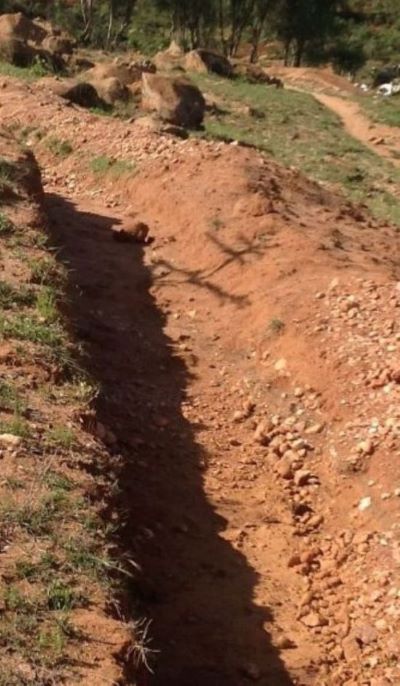
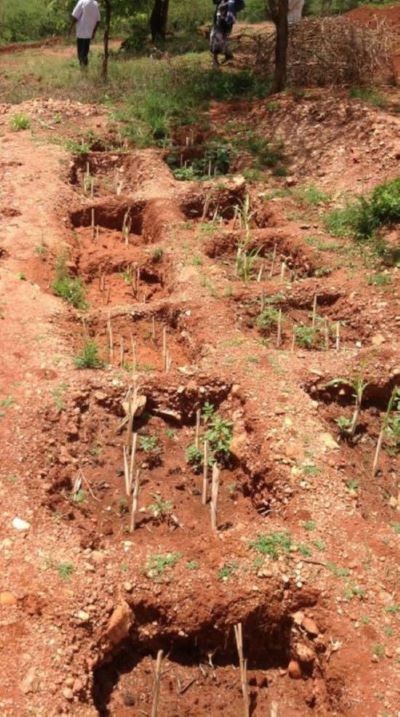
Left: Degraded land is administered through terracing to regulate runoff in Machakos, Kenya
Right: Water basins were established to retain moisture to support plant growth. Napier grass and appropriate trees were planted to start
Against this background, ASARECA in collaboration a pool of scientists from the National Agricultural Research Systems (NARS) of its Member States, launched two successive projects: “Integrated management of water for productivity and livelihood security under variable and changing climatic conditions in ECA”, which was implemented from 2009 to 2013; and the “Sustainable agricultural water productivity enhancement for improved food and nutrition security in ECA” project extending from 2014 to 2016.
The initiatives were financed by the European Union and USAID through the Multi-donor Trust Fund managed by the World Bank. They were implemented mainly by senior researchers from the National Agricultural Research Institutes (NARIs): Kenya Agriculture and Livestock Research Organisation (KALRO); Ethiopian Institute of Agricultural Research (EIAR); Rwanda Agriculture and Animal Resources Development Board; National Agricultural Research Institute (NARI)—Eritrea; Institut des Sciences Agronomiques du Burundi (ISABU); National Agricultural Research Organisation (NARO)—Uganda; Centre National de Recherche Appliquée au Développement Rural CENRADERU (FOFIFA)—Madagascar; and the Ministry of Agriculture, South Sudan.
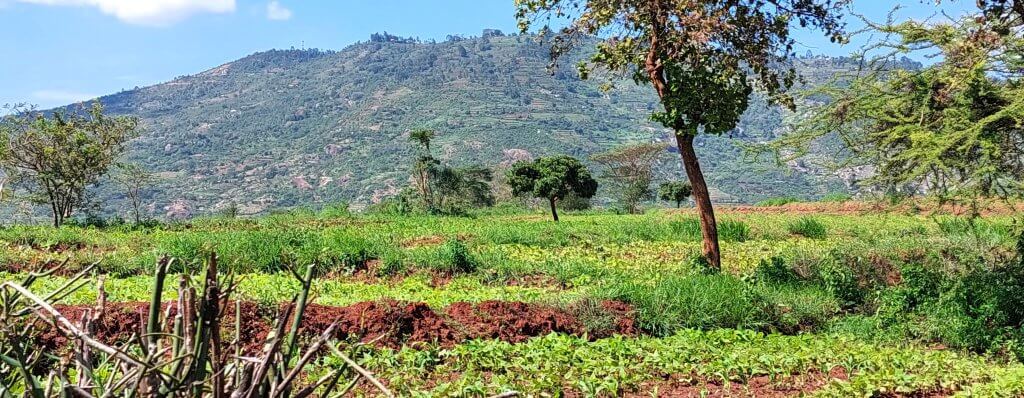
Using water as entry point for productivity
According to the Principal Investigator of the project, Dr. Kwena Kizito, “The projects involved investing in harvesting water and using it to produce crops, support livestock and thereby produce food even in conditions where farmers wouldn’t have been able to do so.”
The other aspect of the project was to the use climate information services to manage variability and prepare farmers to turnaround climate change. “We were able to show that if farmers are told early enough how the season will look like in terms of onset, amount of rain, cessation and distribution, they will plan their plan activities very well. If the season is predicted to be poor, they will minimize the loses. If they are told it will be good, they will maximize the benefits/opportunities of the season.,” says Dr. Kizito, senior Soil Scientist at the Kenya Agriculture and Livestock Research Organization (KALRO).
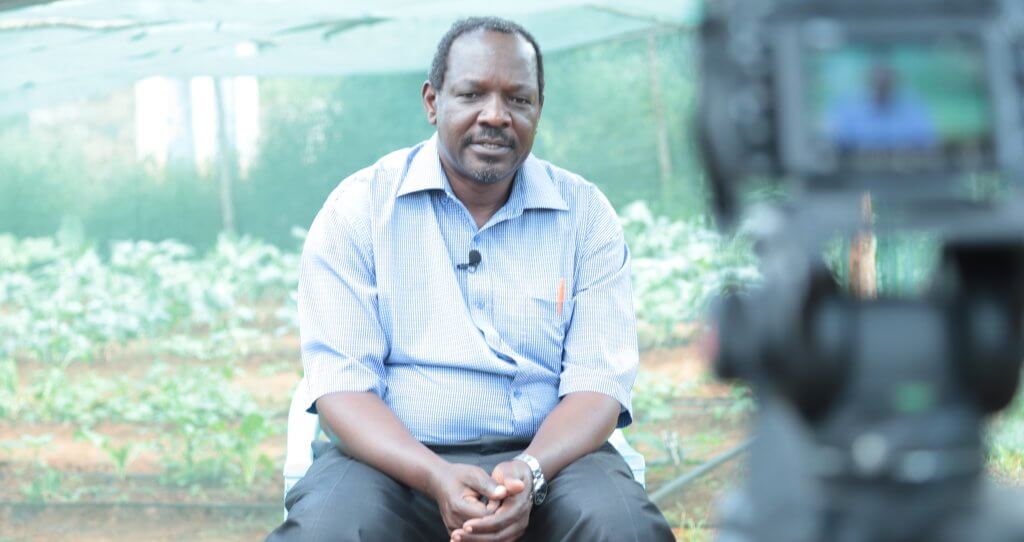
Using the watersheds approach
In all the eight countries, two agricultural watersheds involving about 150- 200 households were identified to demonstrate sustainable water management as an enabler for use of other productivity enhancing technologies. They included Mwania and Kalie watersheds in Machakos and Makindu districts, respectively for Kenya; Karama and Muse-Bivumu in Nyamagabe and Bugesera districts, respectively, in Rwanda; Adulala and Ketchema in Ethiopia; Amadir and Molqi in Eritrea; and Ankazomiriotra and Avaratrambolo in Mandoto and Manjakandriana districts, respectively, in Madagascar.
Technologies promoted
For each of the watersheds, several technologies were selected, evaluated and availed to farmers to enhance productivity and income. Some of the technologies included tree nurseries in the watersheds to address degradation, proper terracing techniques for soil and water conservation, proper digging fishponds to harvest water and grow fish among other.
Ms Mary Musyoka, Mukueni county, Makindu Ward, received training on making tumbukiza pits, selection of certified seed and early planting. “Technicians from KALRO Makindu supported me to undertake a feasibility study and required accessories and costing before I established the over 50,000 cc. water-harvesting dam. I successfully established a water dam, which had been instrumental for irrigation, says Musyoka. “I am now the village advisor on how best to turn climate episodes into opportunities in crop and livestock production, dairy, and poultry.”
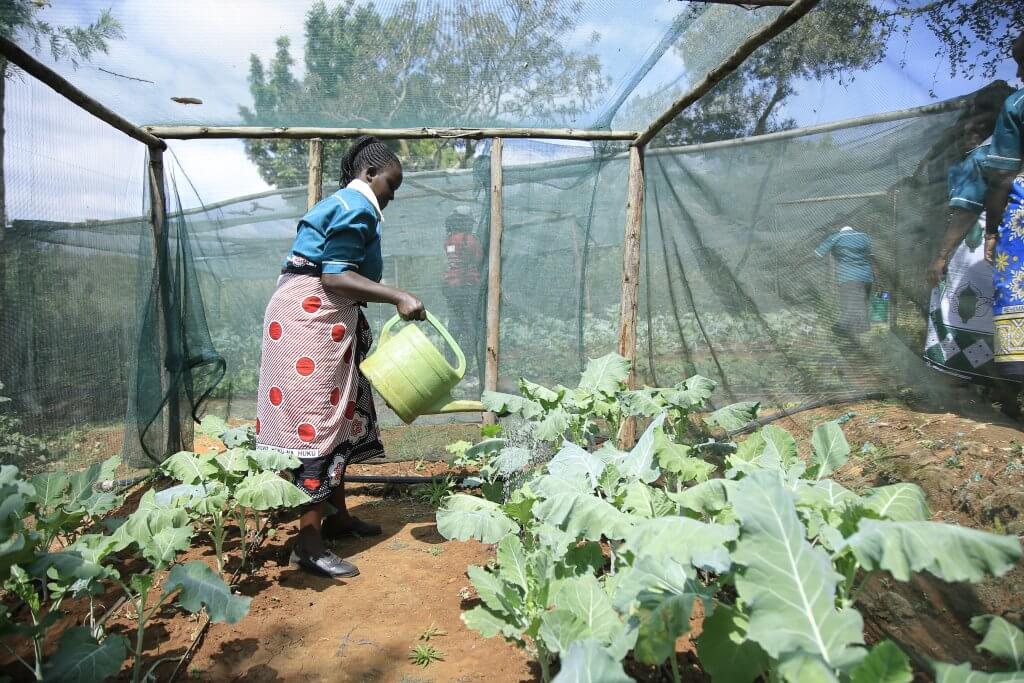
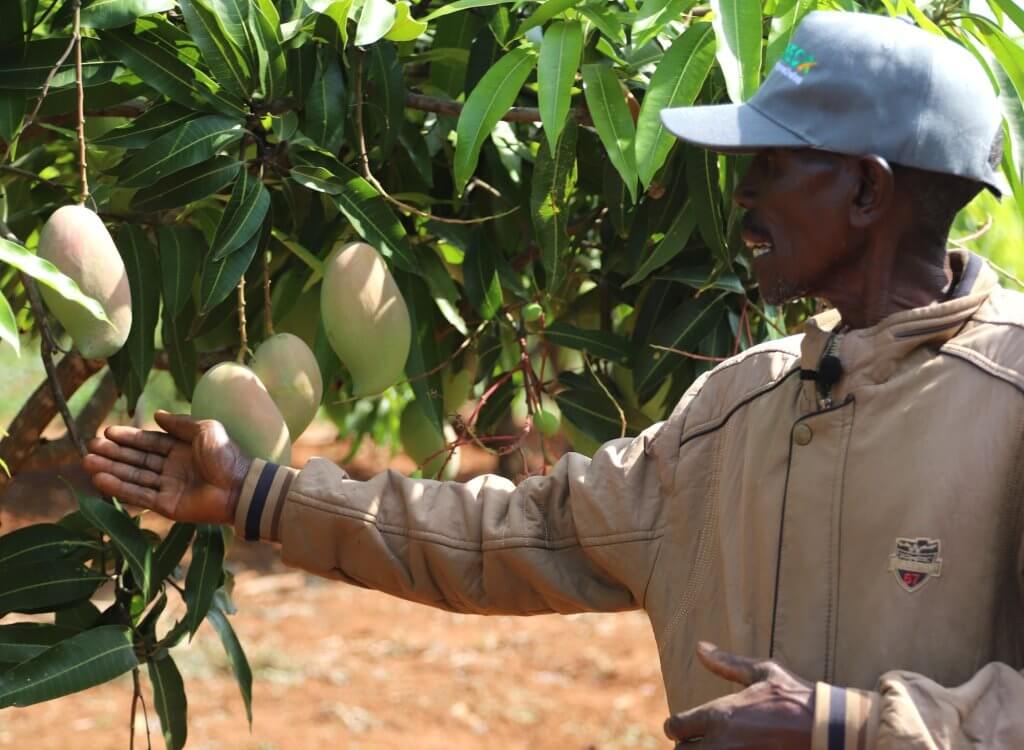
This farmer in Makindu is able to harvest mangoes for sale in addition to income earned form traditional food crops.
Best practices promoted
On top of the climate information presented by the metrological departments, the researchers downscaled the information in a language best understood by the farmers. “We blended the advice on the types of crops, soil and water management, entomology and other aspects required by farmers to plan well. If the season was predicted not to be good for maize for example, the farmers were advised to desist from growing maize and instead grow green gram or cow pea, which are drought tolerant.”
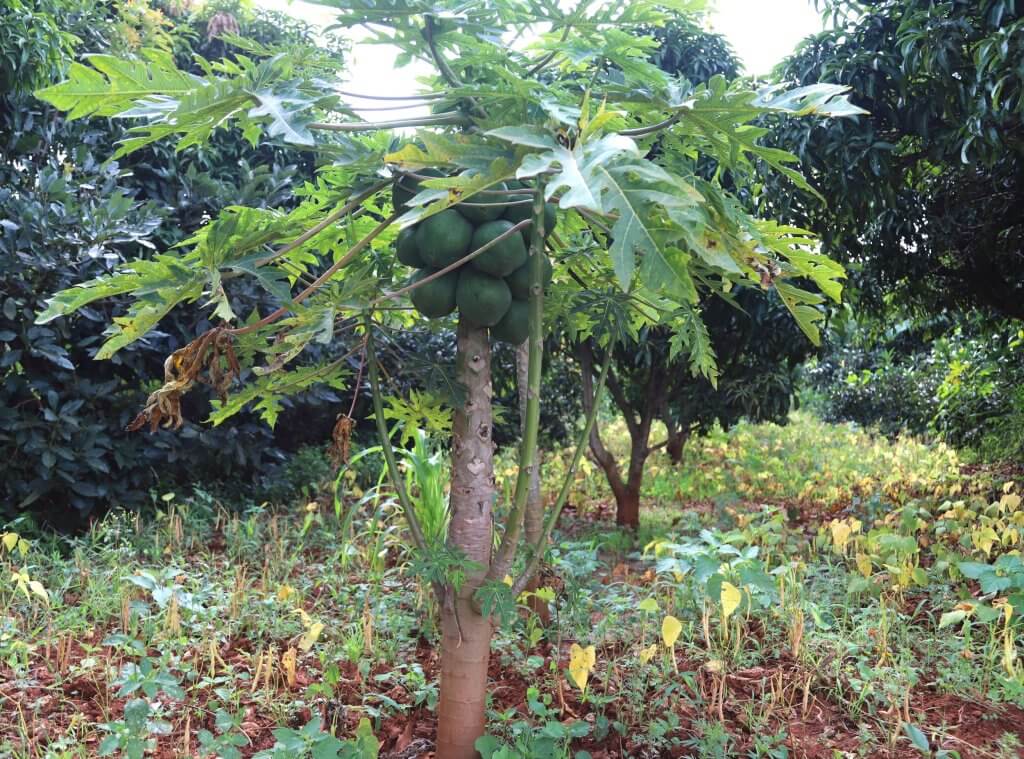
Summary of impacts
As a result of this ASARECA supported interventions, the amount of water, land and investments available to support agriculture increased. Some of the key notable positive livelihoods are highlighted below:
- Over 1,500 households in Eritrea, Ethiopia, Kenya, Madagascar and Rwanda adopted technologies to use water efficiently and became food secure. To date these results have been scaled out to over 10,000 households.
- Up to 10,000 hectares of severely degraded land was rehabilitated using efficient water conservation and management practices in selected watersheds. To date, land reclamation practices continue to be adopted by neighbouring communities. Farmers trained on terracing to conserve soil and water indeed constructed them on their farms and realized excellent maize yields. Similarly, farmers trained on pitting to harvest run-off and grow fodder, dug over 20,000 pits on their farms and planted Napier grass for their livestock.
- By embracing these and other technologies such as tied-ridging, seed priming, improved agronomic practices, improved crop varieties, and micro-dosing, farmers posted good yields despite the harsh climate. Maize yields increased from 1.5 t/ha to 3.2 t/ha. To date over 70 % of the household are food- secure.
To date the farmers in areas of intervention have been able to diversify on a number of water supported activities, thereby cutting down on loses. They engage in agroforestry to harvest fruits while creating mini climates, grow pasture to regenerate the soil, provide food for livestock as well as serve as a source of income.
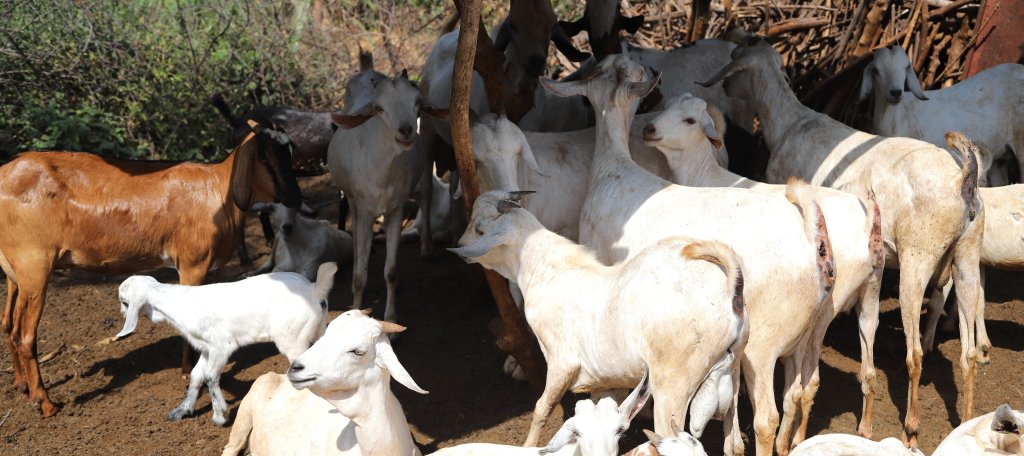
Farmers are now able to diversify crop and livestock production because of availability of water, pasture and associated benefits of crops to livestock integration.
Mrs Mary Musyoka from Yiimwa in Kalie Water Shade in Makindu was able to venture into livestock farming after determining adequate water supply and pasture manure. Today she boasts of over 20 acres of pasture, and over 50,000 cubic litres of water storage facility and over 20 cows.
Through the numerous success stories in Member States, ASARECA has been able to change the narrative about Climate Change from a disastrous episode to an occurrence with opportunities that can manipulated to enhance productivity.
